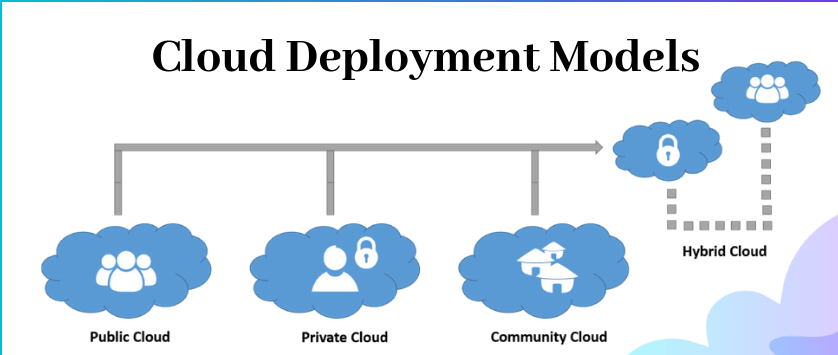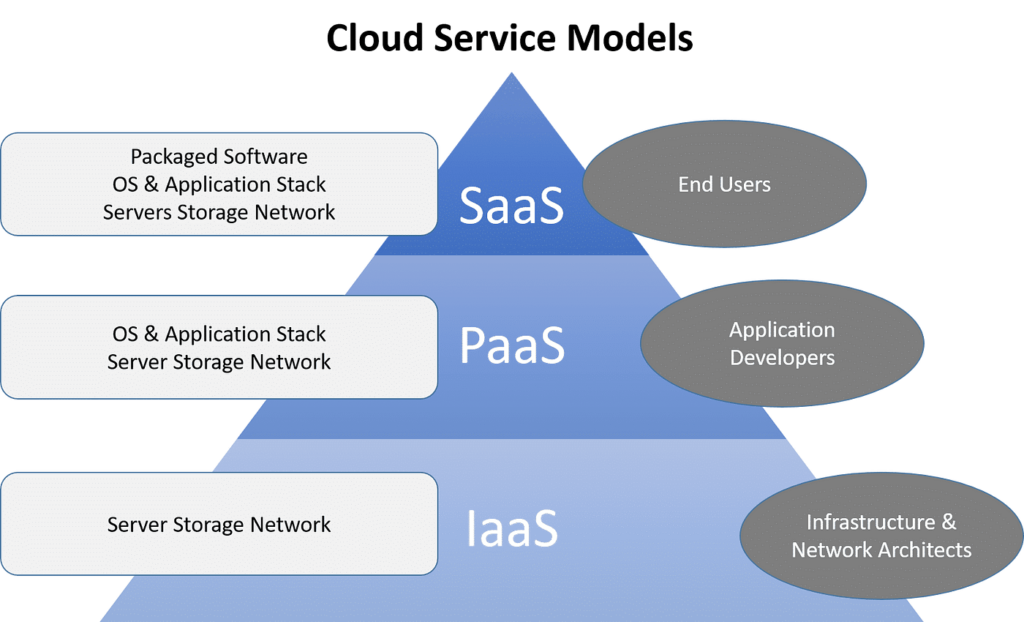Cloud computing is an on-demand service for IT resources. You can use cloud servers and pay based on usage. In this advanced technological era, instead of buying your own physical data centers and servers, you can opt for technology services such as cloud computing, storage, databases, and many more services that you can easily access with cloud servers. According to market research, Amazon Web Services (AWS) is the most popular company that provides the best cloud services.
Who is using cloud computing services?
Organizations, including startups and large companies, use cloud services for various purposes such as data backup, disaster recovery, email, virtual desktops, software development and testing, big data analytics, and customer-facing web applications. For example, healthcare companies use cloud services to develop customized patient treatments. Financial companies use the cloud to detect and prevent fraud in real time. Additionally, video game makers use cloud services to distribute online games to millions of players worldwide.
How many types of cloud computing deployment models are there?
There are three types of main deployment models.

1. Public Cloud
Public clouds are operated by third-party cloud service providers. Also, Public clouds provide a range of resources such as servers, storage, computing, and network resources over the Internet. They are available to the public over the Internet, allowing companies to access shared on-demand resources based on their needs and business goals.
2. Private Cloud
Private clouds are built, and managed by a single company. They are usually hosted within their personal data centers, commonly called on-premises or on-prem. They provide the best control, security, and management of data while still allowing internal users to benefit from a shared pool of computing, storage, and network resources.
3. Hybrid Cloud
A hybrid cloud is a computing environment that merges elements of public and private clouds and allows the sharing of data and applications between them. A hybrid cloud will enable companies to benefit from public cloud services while maintaining the security and compliance capabilities typically found in private cloud architectures.
How many types of Cloud Computing?

There are three types of Cloud computing which include Infrastructure as a service (IaaS), Platform as a service (PaaS), and Software as a service (SaaS). However, each type of cloud computing has a different role and provides a different level of control, flexibility, and management. Thus, you can select the right service based on your needs.
Looking for AWS Services, Contact us for a free consultation today and learn how our cloud solutions can drive innovation, scalability, and efficiency for your business.
1. Infrastructure as a Service (IaaS)
IaaS provides the best computing resources over the internet. Also, IaaS delivers virtualized computing resources, including servers, storage, and networking infrastructure on a pay-as-per-use basis. There are many important elements including virtual machines, storage, networking, and more.
Virtual machines are a kind of physical computer, but they run on the cloud, where you can install and run operating systems and applications on them. Cloud storage is used to store larger amounts of data. Networking includes virtual networks, load balancers, and other networking resource that help manage and secure data traffic.
IaaS has more benefits such as scalability, cost efficiency, flexibility, and more. IaaS is mainly used for hosting websites, web applications, development, testing environments, data storage, backup, recovery, and high-performing computing tasks. After all, IaaS provides businesses the ability to rent IT infrastructure from A cloud service provider rather than maintaining their physical hardware.
2. Platform as a Service (PaaS)
PaaS is a cloud computing service that is provided on the internet and can be easily accessed online. PaaS provides developers with a platform to build, run, and manage applications without infrastructure.
Simply put, it is like a fully equipped kitchen where you can cook your food without worrying about buying a stove, utensils, or ingredients. Additionally, PaaS provides developers with all the tools and resources required to build and run their applications, and they can easily focus on coding instead of managing the infrastructure.
3. Software as a Service (SaaS)
SaaS is a method of delivering software over the Internet. SaaS says that instead of buying and installing software on your computer, you can easily access and use software via the Internet. So, with SaaS, cloud service providers host and manage the software applications and underlying infrastructure, and handle any maintenance such as software upgrades and security patching.
Also, to use SaaS you have to pay monthly or yearly subscription fees for the Software. In SaaS, the software is automatically updated by the Cloud provider, so you will have always the latest version of the software.
Benefits of Cloud Computing
Cloud computing offers a wide range of benefits, which you can see below.
- Scalability: You can easily scale up or down based on demand.
- Cost Efficiency: You can use cloud services and pay as per use.
- Accessibility: Cloud users can easily get resources from anywhere with an internet connection.
- Disaster Recovery: It provides the best backup and recovery solutions.
- Automatic Updates: Cloud providers such as AWS, GCP, and Azure handle updates and maintenance.
Wrapping Up
Overall, Cloud computing is a transformational approach for IT companies that offers multiple benefits, including scalability, cost savings, improved collaboration, and access to cutting-edge technologies.
